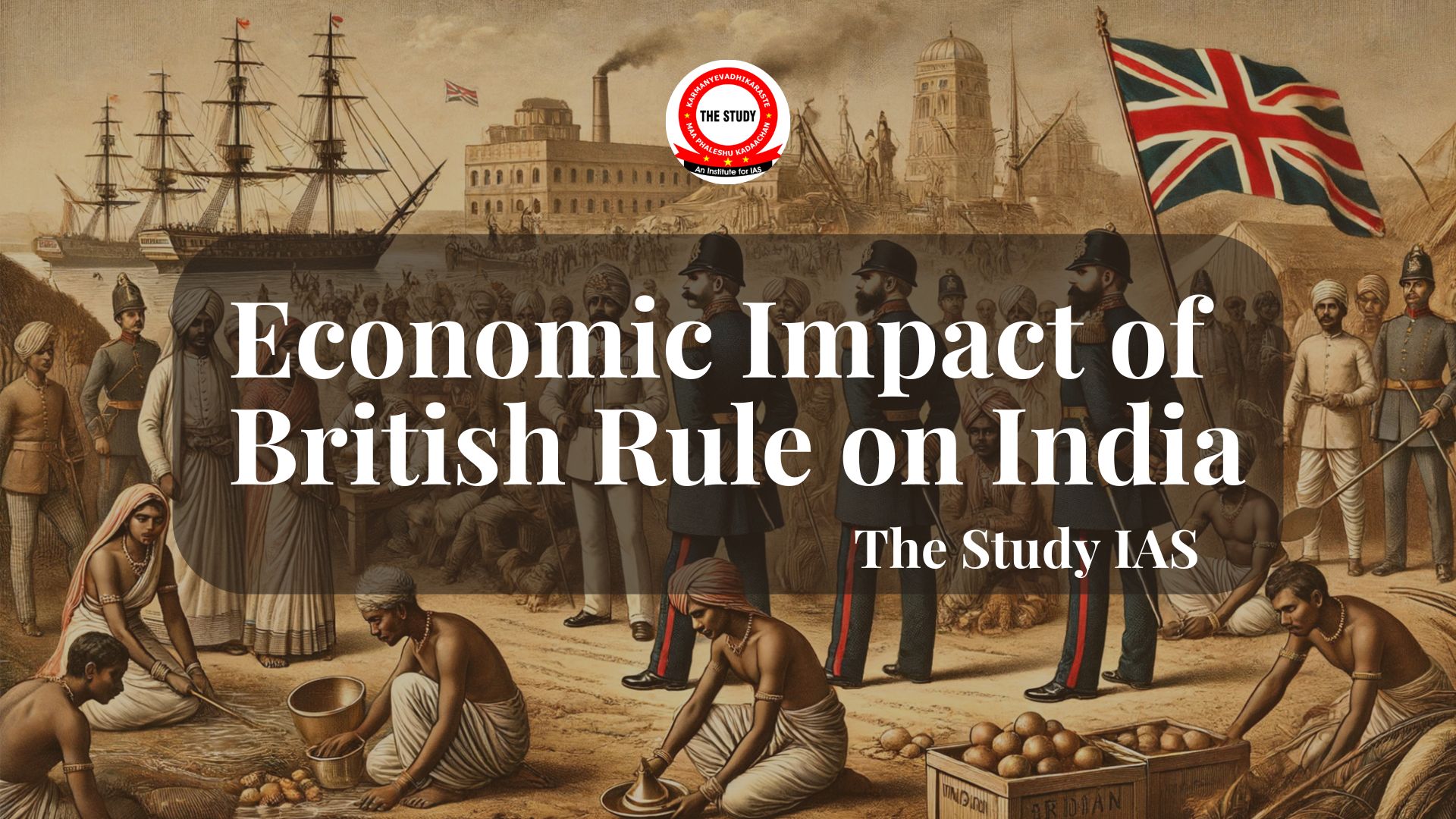Font size:
Print
Mahua Flower
Context:
In the Godavari Valley, the Koya tribe is experiencing a cultural crisis as raids by the Special Enforcement Bureau endanger their cherished tradition of consuming Mahua liquor.
More on News:
- The Koya tribe faces a cultural crisis as raids by the Special Enforcement Bureau threaten their cherished tradition of Mahua liquor consumption.
- Special Enforcement Bureau (SEB), a newly-created wing of the State police responsible for enforcing sand and liquor regulations.

About Mahua and its importance:
- Mahua, a tropical tree known by its scientific name Madhuca longifolia.
- Mahua, a non-timber forest product, has diverse uses.
- The mahua tree yields a variety of products, including syrups, purees, liquor, and medicinal extracts.
- In Koya society, the tree is considered sacred and forms part of several rites and rituals.
- From birth to wedding to death, Mahua liquor is a staple at Koya events.
- Mahua liquor is a traditional sweetened liquor made from the flowers of the Mahua tree.
- Flowers of Mahua tree bloom in early summer and are primarily used for brewing liquor.
- From birth to wedding to death, Mahua liquor is a staple at Koya events.
- Economic Importance: The tree is a major source of income for the Koya people, particularly through the collection and sale of its flowers, which are used to make liquor and other products.
- The flowers are also used to extract edible oil.
- Prohibition: The Andhra Pradesh Prohibition Act, 1995, did not exempt the brewing and storage of Mahua liquor by the Koya tribe.
- The Panchayat (Extension to Scheduled Areas) Act (or PESA), 1996, empowers the gram sabha to protect traditions, beliefs, and culture of the tribes.
About Koya Tribe:
- Ancient tribe is credited with a unique way of community oriented life and a rich cultural heritage.
- The Koya population is concentrated in northeastern Telangana, northern Andhra Pradesh, far-southern Chhattisgarh, and southwestern Odisha.
- Mother tongue: Gondi- a Dravidian language. Also speak Odia and Telugu languages.
- Call themselves ‘Koya’ or ‘Koitor’ meaning ‘people’.
- Traditionally, the Koyas are pastoralists and shifting cultivators but now-a-days, they have taken to settled cultivation supplemented by animal husbandry and seasonal forest collections.


